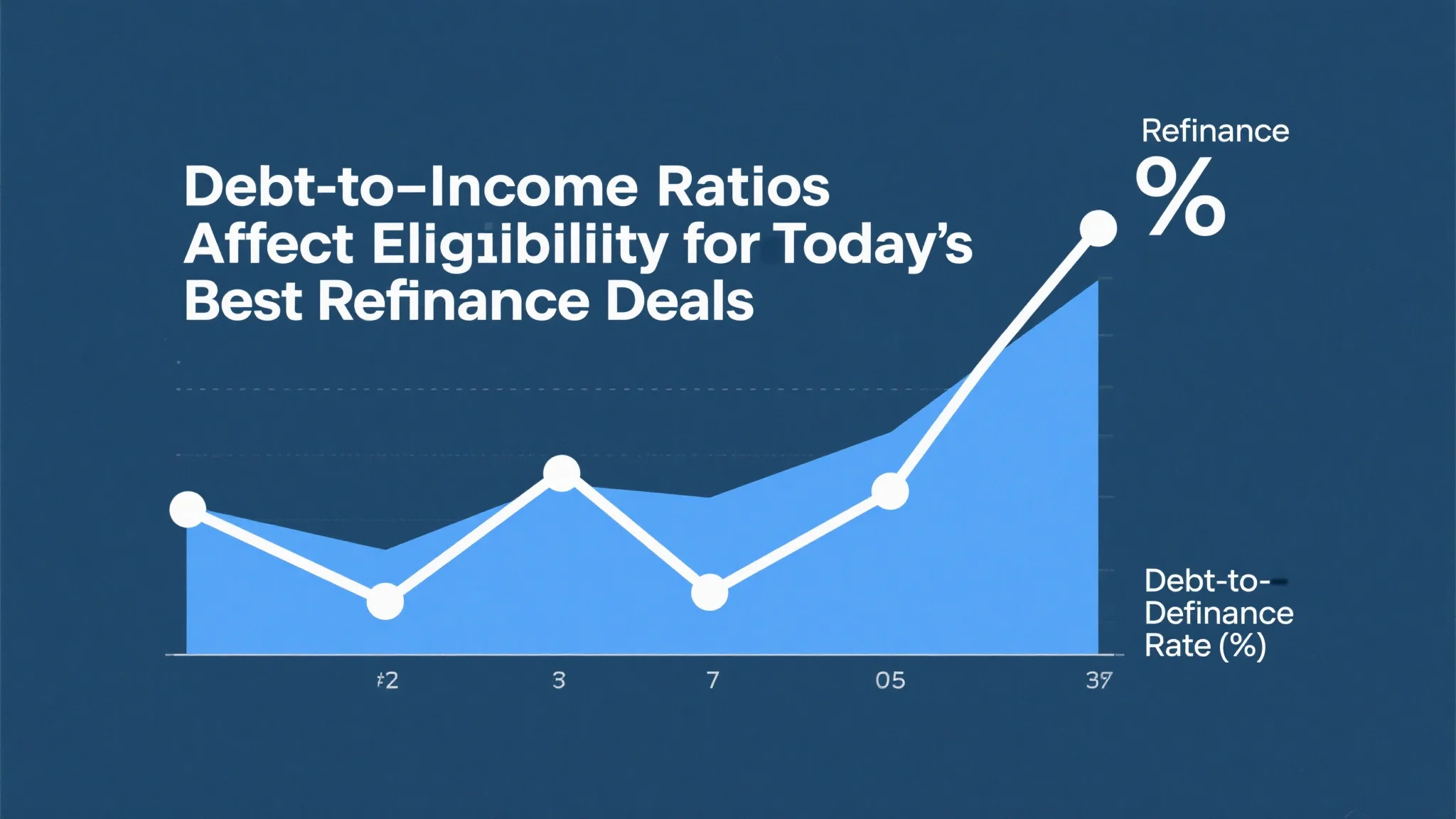The mortgage refinancing landscape has evolved to recognize that certain professions carry unique financial profiles that warrant specialized lending treatment. Medical professionals and attorneys represent two of the most sought-after borrower categories for specialty lenders, who offer exclusive refinancing discounts and preferential terms that aren’t available to the general public. This preferential treatment stems from the statistical reliability these professions demonstrate in loan performance, combined with their typically high earning potential and stable career trajectories. Understanding why these professionals receive such favorable treatment requires examining the risk assessment models that lenders use, the economic factors that make these borrowers attractive, and the competitive dynamics that drive specialty lenders to create exclusive programs for doctors and lawyers.
The Economic Foundation Behind Professional Lending Preferences
Specialty lenders have developed sophisticated risk assessment models that identify medical professionals and attorneys as exceptionally low-risk borrowers, leading to the creation of exclusive doctor mortgage refinance programs and similar offerings for legal professionals. The foundation of this preferential treatment lies in comprehensive data analysis spanning decades of loan performance across different professional categories. Medical professionals, in particular, demonstrate remarkably low default rates, typically ranging from 0.2% to 0.5%, compared to the national average of approximately 1.5% for conventional mortgages. This exceptional performance record stems from several factors unique to the medical profession, including the extensive education requirements that create barriers to entry, the licensing and regulatory oversight that maintains professional standards, and the generally stable income trajectories that characterize medical careers.
The earning potential of medical professionals creates a compelling case for lenders to offer preferential refinancing terms. While medical school graduates often carry substantial student loan debt, their income trajectories typically show dramatic increases following residency completion. Specialty physicians can expect median incomes ranging from $300,000 to $500,000 annually, with some subspecialties commanding even higher compensation. This earning potential, combined with the relative job security inherent in healthcare professions, creates a risk profile that justifies reduced interest rates and more flexible underwriting criteria. Lenders recognize that temporary income fluctuations during residency or fellowship training don’t reflect the long-term earning capacity of medical professionals, leading to specialized underwriting approaches that consider future income potential rather than just current earnings.
Similarly, attorneys represent another professional category that receives preferential treatment from specialty lenders, though the risk assessment factors differ somewhat from those applied to medical professionals. Legal professionals typically demonstrate strong analytical skills and financial literacy, factors that correlate with responsible borrowing behavior and loan performance. The legal profession’s emphasis on contracts and financial obligations creates borrowers who are generally well-versed in the implications of mortgage commitments and more likely to prioritize mortgage payments even during financial stress. Additionally, the diverse career paths available to attorneys, from private practice to corporate positions to government roles, provide multiple income streams and career flexibility that enhance their attractiveness to lenders.
The competitive dynamics within the lending industry have intensified the focus on professional borrower segments, as lenders seek to differentiate themselves in an increasingly crowded marketplace. Specialty lenders have discovered that targeting specific professional groups allows them to develop expertise in underwriting these unique borrower profiles while building relationships within professional communities. This specialization creates competitive advantages through referral networks, professional association partnerships, and word-of-mouth marketing within tight-knit professional communities. The result is a self-reinforcing cycle where specialty lenders become increasingly attractive to professional borrowers, while their growing expertise in these segments allows them to offer even more competitive terms.
The regulatory environment also plays a role in shaping specialty lending programs for professionals. Banking regulations require lenders to demonstrate that their underwriting criteria are based on sound risk assessment principles rather than arbitrary preferences. The extensive data supporting the superior loan performance of medical and legal professionals provides the regulatory justification for offering preferential terms to these groups. This regulatory backing allows specialty lenders to offer significantly reduced rates and fees without running afoul of fair lending requirements, as long as the preferential treatment is based on legitimate risk factors rather than discriminatory practices.
Exclusive Discount Structures and Competitive Advantages
The structure of lawyer refinance discounts and similar professional programs reveals the sophisticated approach specialty lenders take to attract and retain high-value borrowers. These discount structures typically involve multiple layers of preferential treatment, including reduced interest rates, waived or reduced fees, flexible underwriting criteria, and enhanced customer service. The interest rate discounts alone can range from 0.125% to 0.75% below standard market rates, depending on the lender and the specific professional category. For a typical refinancing transaction involving a $500,000 mortgage, even a modest 0.25% rate reduction can save borrowers approximately $1,250 annually, or $37,500 over the life of a 30-year loan.
Beyond interest rate reductions, specialty lenders often waive or significantly reduce various fees associated with refinancing transactions. These fee waivers can include application fees, origination fees, appraisal fees, and even some closing costs. The cumulative value of these fee reductions can amount to several thousand dollars in immediate savings, making the total value proposition of professional lending programs substantially more attractive than conventional refinancing options. Some specialty lenders go even further by offering expedited processing for professional borrowers, recognizing that doctors and lawyers often have demanding schedules that make lengthy loan processes particularly burdensome.
The underwriting flexibility offered to professional borrowers represents another significant advantage that extends beyond simple rate and fee discounts. Medical professionals, for example, may qualify for financing based on employment contracts or residency completion letters rather than traditional income documentation. This flexibility is particularly valuable for physicians transitioning between residency and practice, or for those establishing new practices where traditional income verification might not reflect their true earning capacity. Similarly, attorneys starting their own practices or transitioning between firms may benefit from underwriting approaches that consider their professional credentials and potential rather than just current income statements.
The customer service enhancements that accompany professional lending programs often include dedicated loan officers who specialize in working with medical and legal professionals. These specialists understand the unique challenges and opportunities associated with these careers, from the timing of income increases to the impact of professional liability insurance on debt-to-income calculations. This specialized knowledge allows for more efficient processing and better communication throughout the refinancing process, reducing the time and stress typically associated with mortgage transactions.
Some specialty lenders have developed comprehensive financial services ecosystems specifically designed for professional borrowers. These ecosystems may include not only mortgage and refinancing services but also practice financing, equipment loans, disability insurance, and investment services tailored to the needs of medical and legal professionals. This comprehensive approach creates multiple touchpoints with professional borrowers and increases the lifetime value of these customer relationships, justifying the preferential treatment offered on individual transactions.
The marketing and distribution strategies employed by specialty lenders further enhance their competitive position in professional markets. Many specialty lenders maintain active relationships with medical schools, residency programs, law schools, and professional associations, creating early contact with future borrowers and building brand recognition within professional communities. These relationships often include educational seminars on financial planning, practice management, and real estate investment, positioning the lenders as trusted advisors rather than just transaction facilitators. The result is a level of customer loyalty and referral activity that justifies the investment in preferential pricing and service levels.
Market Dynamics and Future Trends in Professional Lending
The evolution of specialty lender refinance rates reflects broader changes in the financial services industry and the increasing sophistication of risk assessment technologies. Advanced data analytics and machine learning algorithms have enabled lenders to identify and quantify risk factors with unprecedented precision, leading to more nuanced pricing models that can account for the specific characteristics of different professional groups. This technological advancement has allowed specialty lenders to offer increasingly competitive rates to professional borrowers while maintaining appropriate risk management standards.
The competitive landscape among specialty lenders has intensified as more institutions recognize the value of professional borrower segments. Traditional banks, credit unions, online lenders, and specialized mortgage companies are all competing for market share in the professional lending space, leading to increasingly aggressive pricing and service offerings. This competition benefits professional borrowers through improved terms and expanded options, but it also creates challenges for lenders in maintaining profitability while offering competitive rates. The most successful specialty lenders are those that can combine competitive pricing with operational efficiency and superior customer service.

Regulatory changes and market conditions continue to shape the professional lending landscape. Interest rate fluctuations affect the relative attractiveness of refinancing for all borrowers, but professional borrowers often have more flexibility in timing their refinancing decisions due to their stronger financial positions. During periods of rising rates, the exclusive discounts offered to professionals become even more valuable, as they may be the difference between a beneficial refinancing transaction and one that doesn’t make financial sense. Conversely, during periods of declining rates, the competition for professional borrowers intensifies as lenders seek to capture market share in this attractive segment.
The geographic distribution of medical and legal professionals creates both opportunities and challenges for specialty lenders. High-cost metropolitan areas with concentrations of medical centers and law firms represent particularly attractive markets, as the loan amounts tend to be larger and the borrower density higher. However, these markets also tend to be more competitive, requiring specialty lenders to differentiate themselves through superior service and innovative product offerings. Rural and smaller metropolitan areas may offer less competition but also smaller borrower pools and potentially different risk profiles.
Technology continues to transform the professional lending experience, with digital platforms enabling faster application processing, automated underwriting decisions, and streamlined communication. Mobile applications and online portals allow busy professionals to manage their refinancing transactions around their demanding schedules, while automated valuation models and digital document collection reduce the time and complexity associated with traditional mortgage processes. However, the high-touch service expectations of professional borrowers mean that technology must complement rather than replace human expertise and personalized service.
The future of professional lending will likely see continued innovation in product offerings and service delivery. Emerging trends include flexible payment options that align with professional income patterns, integrated financial planning services that address the comprehensive needs of high-earning professionals, and expanded eligibility criteria that recognize the changing nature of professional careers. As the gig economy and alternative practice models become more common in both medicine and law, specialty lenders will need to adapt their underwriting and service models to accommodate these evolving professional structures while maintaining their focus on the fundamental characteristics that make these borrowers attractive: high earning potential, strong educational backgrounds, and demonstrated commitment to professional excellence.



